Space News
Knowridge
46

Image Credit: Knowridge
Titan’s wobbly atmosphere spins like a gyroscope, surprising scientists
- Titan, Saturn’s largest moon, has a wobbly atmosphere that spins like a gyroscope, surprising scientists.
- New research from the University of Bristol reveals that Titan’s atmosphere doesn’t spin neatly with the moon’s surface, but wobbles in space and changes with the seasons.
- Analysis of 13 years of data from NASA’s Cassini spacecraft showed that Titan's atmosphere shifts its tilt over time, behaving unexpectedly.
- The findings, published in The Planetary Science Journal, have important implications for NASA's upcoming Dragonfly mission to Titan in the 2030s.
Read Full Article
2 Likes
The Robot Report
46

ARM Institute appoints Jorgen Pedersen as new CEO
- Jorgen Pedersen has been appointed as the new CEO of the ARM Institute, effective June 17, 2025, succeeding Ira Moskowitz.
- Pedersen expressed excitement about the potential of robotics and AI to transform U.S. manufacturing at the ARM Institute.
- The ARM Institute aims to make robotics, autonomy, and AI more accessible to U.S. manufacturers and enhance workforce capabilities.
- Having over 25 years of experience, Pedersen founded RE2 Robotics and played a key role in its growth and acquisition by Sarcos Technology.
- Pedersen's involvement in the robotics community and his previous role on the ARM Institute's Technical Advisory Committee were highlighted.
- The appointment of Pedersen was welcomed by industry leaders and the robotics community for his visionary leadership.
- Ira Moskowitz, the outgoing CEO, is credited with steering the ARM Institute through significant growth and strategic initiatives.
- Moskowitz led the ARM Institute's response to the COVID-19 pandemic and secured key funding agreements to support its initiatives.
- Members will have the opportunity to meet Pedersen at the ARM Institute's 2025 Annual Member Meeting in Pittsburgh for networking and collaboration.
- The annual meeting will feature keynote presentations, project updates, interactive activities, and networking opportunities for ARM members.
Read Full Article
2 Likes
Livescience
33
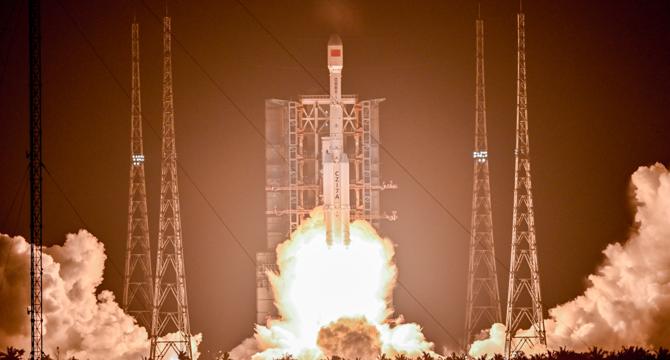
Image Credit: Livescience
China is building a constellation of AI supercomputers in space — and just launched the first pieces
- China has launched its first cluster of satellites for a planned artificial intelligence (AI) supercomputer constellation in space.
- The 12 satellites are the beginning of a proposed 2,800-satellite fleet for the Three-Body Computing Constellation, which will process data directly in space.
- The satellites aim to reduce China's reliance on ground-based computers by using natural cooling in space and a combined computing capacity of 1,000 peta operations per second.
- This initiative marks a shift towards using AI in space, with potential applications in various fields like GPS, climate sensors, and communication.
- Companies are exploring edge computing on satellites, allowing for data processing in orbit before transmission to Earth and reducing carbon footprint.
- Each satellite in China's launch contains an 8 billion-parameter AI model capable of performing 744 tera operations per second, with five peta operations per second collectively.
- The constellation plans to address complex computing challenges, inspired by the three-body problem, and promote international collaboration on the project.
- China's AI satellite array is the first to be deployed at an operational scale, pioneering a new approach to space-based computing.
- Former Google CEO Eric Schmidt has proposed launching data centers into orbit to address the growing need for data processing capabilities.
- As technology advances, the demand for massive power requirements in data centers is expected to rise significantly, posing challenges that need innovative solutions.
Read Full Article
2 Likes
Discover more
TechCrunch
87
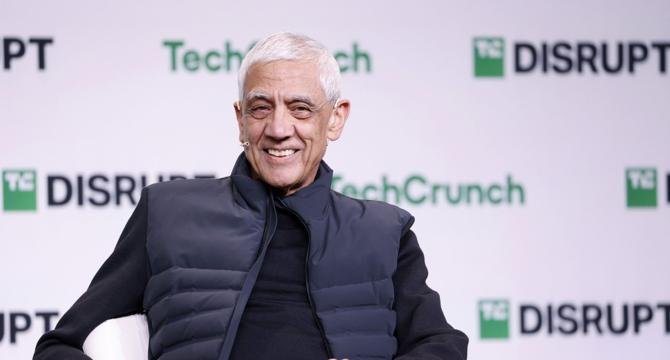
Image Credit: TechCrunch
Tick tock: Just 3 days left to save up to $900 on your TechCrunch Disrupt 2025 pass
- TechCrunch Disrupt 2025 pass prices will increase in 3 days.
- The event is scheduled for October 27–29 in San Francisco with 10,000+ tech leaders expected to attend.
- The agenda includes in-depth sessions, startup battlefield, and focus on AI with many notable speakers.
- Disrupt 2025 will feature industry stages, builders stage, AI stages, space stage, and going public stage, along with interactive learning opportunities and networking events.
Read Full Article
5 Likes
Siliconangle
393

Image Credit: Siliconangle
PiLogic raises $4M to build precision AI models for space applications
- California-based startup PiLogic Inc. raises $4 million in seed funding for building precision AI models for defense and space industries.
- PiLogic focuses on developing 'exact AI' models that are mathematically precise, faster, and use less computing power compared to generative AI models.
- The company utilizes a combination of AI techniques, including probabilistic inference and machine learning, to incorporate expert-driven designs in decision-making processes.
- PiLogic has released two AI models for space applications: Electrical Power Systems Diagnostics Model and Radar Model, providing advanced diagnostics and object tracking capabilities.
Read Full Article
23 Likes
Nasa
389

Image Credit: Nasa
Student Coders Bring Novel Approaches to NASA Challenge
- NASA collaborated with USDA, Amazon Web Services, and Colorado State University for a hackathon challenge where students were tasked with designing AI-driven solutions for emergency scenarios.
- 80 college students participated in the Spring 2025 CSU Hackathon, working on technical prompts related to autonomous mapping systems and rover guiding algorithms.
- The students' innovative solutions showcased the potential of AI in areas like wildfire response, terrain mapping, and emergency search and rescue, impressing NASA's artificial intelligence and innovation lead.
- The hackathon provided valuable learning opportunities, networking experiences, and testable solutions for NASA, USDA, and Forest Service, showcasing the impact of creativity and collaboration in driving innovation.
Read Full Article
23 Likes
Brighter Side of News
121
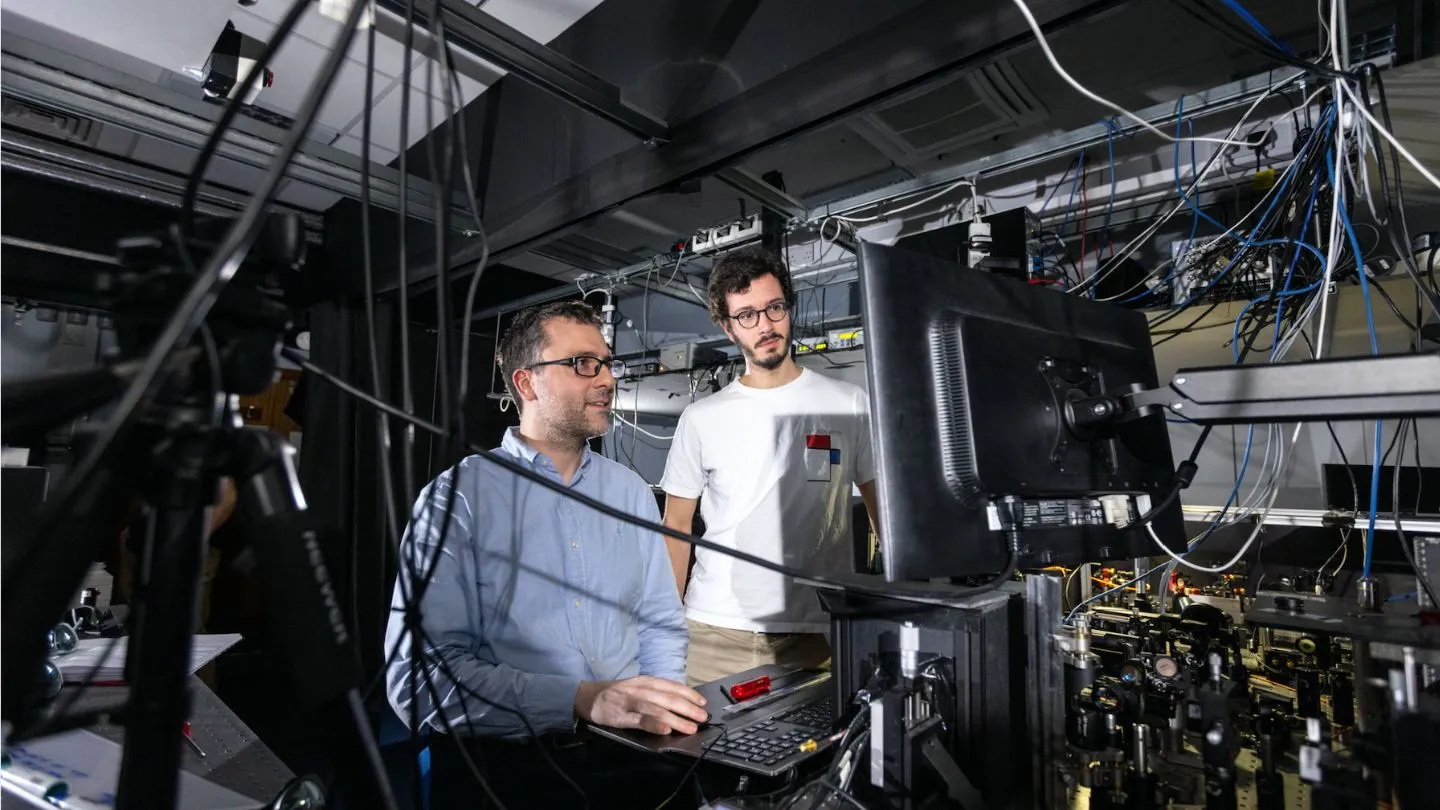
Image Credit: Brighter Side of News
Physicists rewrite quantum rules by bending light through both time and space
- Physicists at Imperial College London have conducted a new time-based version of the iconic double-slit experiment, exploring light's interaction with materials that change optical properties rapidly.
- The original double-slit experiment by Thomas Young in 1801 revealed light's wave-like behavior and dual nature as both waves and particles, revolutionizing quantum physics.
- The recent experiment altered light's frequency through lasers on a thin film, creating interference patterns in time instead of space, offering insights into light's fundamental nature.
- Published in Nature Physics, the findings open doors to advanced spectroscopy techniques and applications with potential in telecommunications and medical imaging.
- Controlling the timing and frequency of light could enhance data transmission speeds, optical computing, and medical imaging technology, contributing to faster and more efficient devices with reduced environmental impact.
- The research also provides a foundation for exploring time crystals and parallelized optical switches, promising more refined control over light with broader industrial applications in energy, defense, and aerospace.
- Metamaterials and quantum experiments like these offer the potential to reshape industries by manipulating light in space and time, paving the way for transformative advancements in technology and science.
- The experiment's significance extends to fields beyond telecommunications and computing, showcasing the profound impact of curiosity-driven research in driving innovation and advancements across various sectors.
- In conclusion, this groundbreaking work by Imperial College London exemplifies the transformative potential of understanding and controlling light, offering new possibilities in various domains from consumer electronics to healthcare.
Read Full Article
7 Likes
Earthsky
373

Image Credit: Earthsky
Can Dyson spheres be stable? New research says yes
- Dyson spheres are structures that could potentially harness the energy of stars but are considered unstable around a single star due to gravitational forces.
- New research by professor Colin R. McInnes of the University of Glasgow suggests that Dyson spheres can be stable in a two-star system.
- McInnes' study, published in January 2025, found that a Dyson sphere or ring could be stable around the less massive star in a binary star system.
- The search for Dyson spheres is ongoing as they could provide technosignatures of advanced alien life, with astronomers focusing on binary star systems for potential discoveries.
Read Full Article
22 Likes
Nasa
67

Image Credit: Nasa
Hubble Spies a Spiral So Inclined
- The NASA/ESA Hubble Space Telescope captured an image of the spiral galaxy NGC 3511, located 43 million light-years away in the constellation Crater.
- NGC 3511 is inclined by about 70 degrees, displaying an intermediate angle between face-on and edge-on galaxies, showing its spiral arms and flattened disk.
- Hubble is observing NGC 3511 as part of a star formation cycle survey in nearby galaxies, using filters to capture different wavelengths of light to study bright red hydrogen gas clouds and young massive stars.
- Astronomers aim to catalog and measure the ages of the young stars in NGC 3511, typically less than a few million years old and more massive than the Sun, to gain insights into star formation processes.
Read Full Article
4 Likes
Earthsky
255
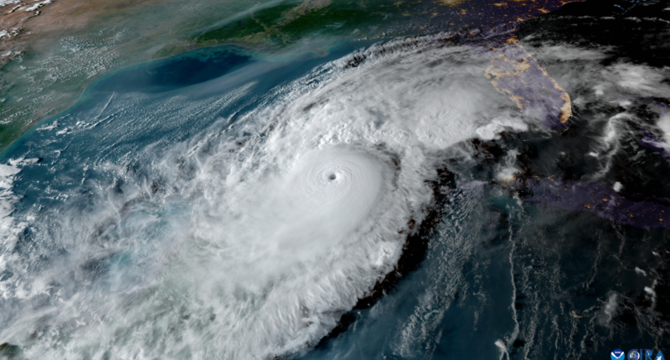
Image Credit: Earthsky
NOAA forecast: Atlantic hurricane season above average in 2025
- NOAA has released its forecast for the 2025 Atlantic hurricane season, predicting an above-average season with 13-19 named storms, 6-10 hurricanes, and 3-5 major hurricanes.
- Factors like warm water temperatures, wind shear, and the West African monsoon contribute to the prediction of an active hurricane season.
- With ENSO shifting to a neutral phase, there's a 74% chance it will remain neutral through the first half of the Atlantic hurricane season.
- NOAA expects weaker wind shear, which could aid in tropical development despite uncertainties in predicting the impacts of an ENSO-Neutral phase.
- The West African monsoon season is expected to be active, potentially leading to more tropical development due to favorable conditions.
- NOAA is working on improving hurricane forecasts and communication, including upgrades to tracking models and issuing tropical cyclone advisories earlier.
- The National Hurricane Center will provide forecasts in Spanish and overlay inland watches and warnings on the forecast cone to enhance risk communication.
- Overall, NOAA's forecast suggests the 2025 Atlantic hurricane season could see increased activity, prompting necessary preparations and awareness.
Read Full Article
15 Likes
Arstechnica
285
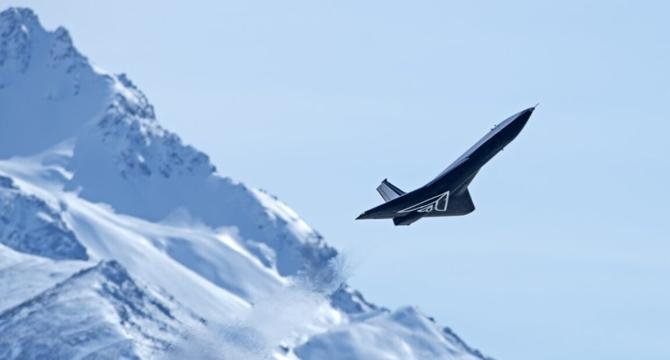
Image Credit: Arstechnica
Rocket Report: SpaceX’s expansion at Vandenberg; India’s PSLV fails in flight
- Spaceplanes have been a niche part of the space transportation business since the Space Shuttle era, with only a few, like the US Air Force's X-37B and China's military vehicle, reaching orbit post-2011.
- SpaceX's success with reusing capsules and rockets questions the future viability of spaceplanes due to the extra weight they carry for the wing design.
- China's Kinetica-1 rocket successfully returned to flight after a previous failure in December, marking the seventh flight of this small solid-fueled launch vehicle.
- CAS Space, the rocket's developer, mentioned excellent orbit insertion accuracy for Kinetica-1, showcasing the advancements in China's commercial rocket sector.
Read Full Article
17 Likes
Earthsky
222

Image Credit: Earthsky
Manhattanhenge in 2025: When and where to see it
- Manhattanhenge is a phenomenon in New York City where the sunset aligns perfectly on east-west streets in Manhattan, occurring around May 28, 29, 30, and again around July 11, 12, 13.
- In 2025, the first set of Manhattanhenge dates will fall on May 28 (half sun) and May 29 (full sun) at specific times in the evening.
- It is a stunning sunset phenomenon that aligns with Manhattan's grid, creating unique photo opportunities; Neil deGrasse Tyson coined the term 'Manhattanhenge'.
- The best places to view Manhattanhenge are along various numbered streets like 14th, 23rd, 34th, 42nd, 57th, and 79th, with spots like Tudor City Bridge and Hunter's Point South Park offering good views.
- Manhattanhenge consists of two days where either the full sun or half sun aligns with the street grid, centered around the summer solstice.
- On Reverse Manhattanhenge in January, the rising sun creates a similar effect on the other side of Manhattan.
- The phenomenon is similar to alignments at Stonehenge during equinoxes and solstices, showcasing the shifting path of the sun throughout the year.
- Manhattanhenge can be observed from various spots in Manhattan, with wide streets providing unobstructed views towards New Jersey across the Hudson River.
- The design of Manhattan's grid system allows for this alignment due to a 29-degree tilt in the grid, not coinciding with the June solstice.
- Each year, observers in New York City eagerly await Manhattanhenge, with the 2025 dates set for May 28 and 29 to witness this captivating event.
Read Full Article
13 Likes
Earthsky
264
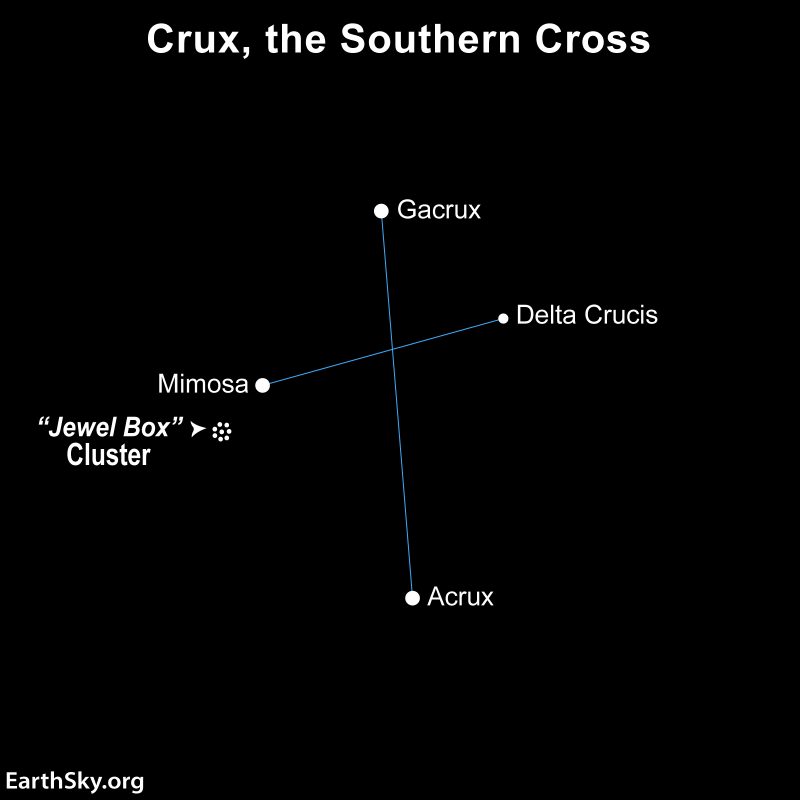
Image Credit: Earthsky
Meet Crux, the constellation of the Southern Cross
- Crux is the constellation of the Southern Cross located deep in Southern Hemisphere skies.
- It consists of four relatively bright stars close to each other and stays above the horizon year-round for observers in the Southern Hemisphere.
- Crux can be seen by those in the southern reaches of the Northern Hemisphere for a short time each year.
- The constellation includes stars like Alpha Crucis, Beta Crucis, Gamma Crucis, and Delta Crucis, as well as the open cluster known as the Jewel Box and the Coalsack Nebula.
Read Full Article
15 Likes
Livescience
16
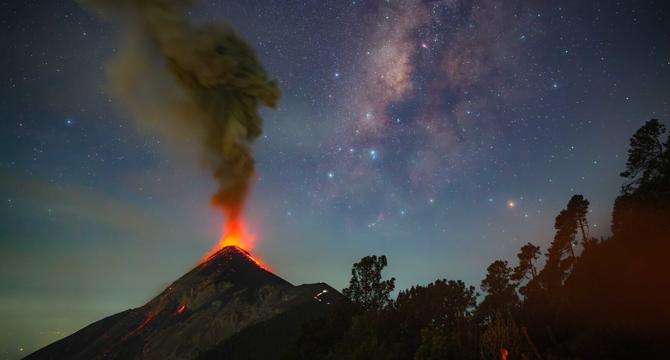
Image Credit: Livescience
'Cosmic fire' and Earthly ice: See the breathtaking winners of the Milky Way Photographer of the Year 2025 contest
- The winners of the 2025 Milky Way Photographer of the Year contest have been announced, showcasing stunning images of the night sky and landscapes on Earth.
- Photographers from around the globe captured breathtaking scenes, including shots from Namibia, the Himalayas, New Zealand, Yemen, and even space.
- Notable entries include 'Starlit Ocean' from Big Sur, California, 'Cosmic Fire' from Acatenango volcano in Guatemala, and 'Blossom' from Hehuan Mountain Dark Sky Park in Taiwan.
- Astronaut Don Pettit's 'One in a Billion' image taken from the International Space Station and Benjamin Barakat's 'Bottle Tree Paradise' from Socotra, Yemen, are also among the captivating entries.
- Other remarkable photographs include 'Lake RT5' from Zanskar, Himalayas, 'A Sea of Lupines' from Lake Tekapo, New Zealand, and 'Spines and Starlight' from the Karas region in Namibia.
- The diverse locations and unique perspectives captured in these winning images celebrate the beauty of the Milky Way and Earth's landscapes under the night sky.
- The photographs offer a glimpse into the mesmerizing interplay between cosmic phenomena and earthly elements, creating visually stunning and awe-inspiring compositions.
- Each image tells a story of nature's wonder and the magnificence of the universe, inviting viewers to marvel at the breathtaking scenes captured by talented photographers.
- These extraordinary photographs serve as a reminder of the beauty and majesty that surrounds us, both on Earth and in the vast expanse of the cosmos.
- The Milky Way Photographer of the Year contest continues to inspire and showcase the artistry and creativity of photographers who are passionate about capturing the celestial beauty above us.
- Through these images, we are transported to magical realms where starlight meets landscapes, creating a visual symphony that evokes a sense of wonder and reverence for the universe.
Read Full Article
1 Like
For uninterrupted reading, download the app